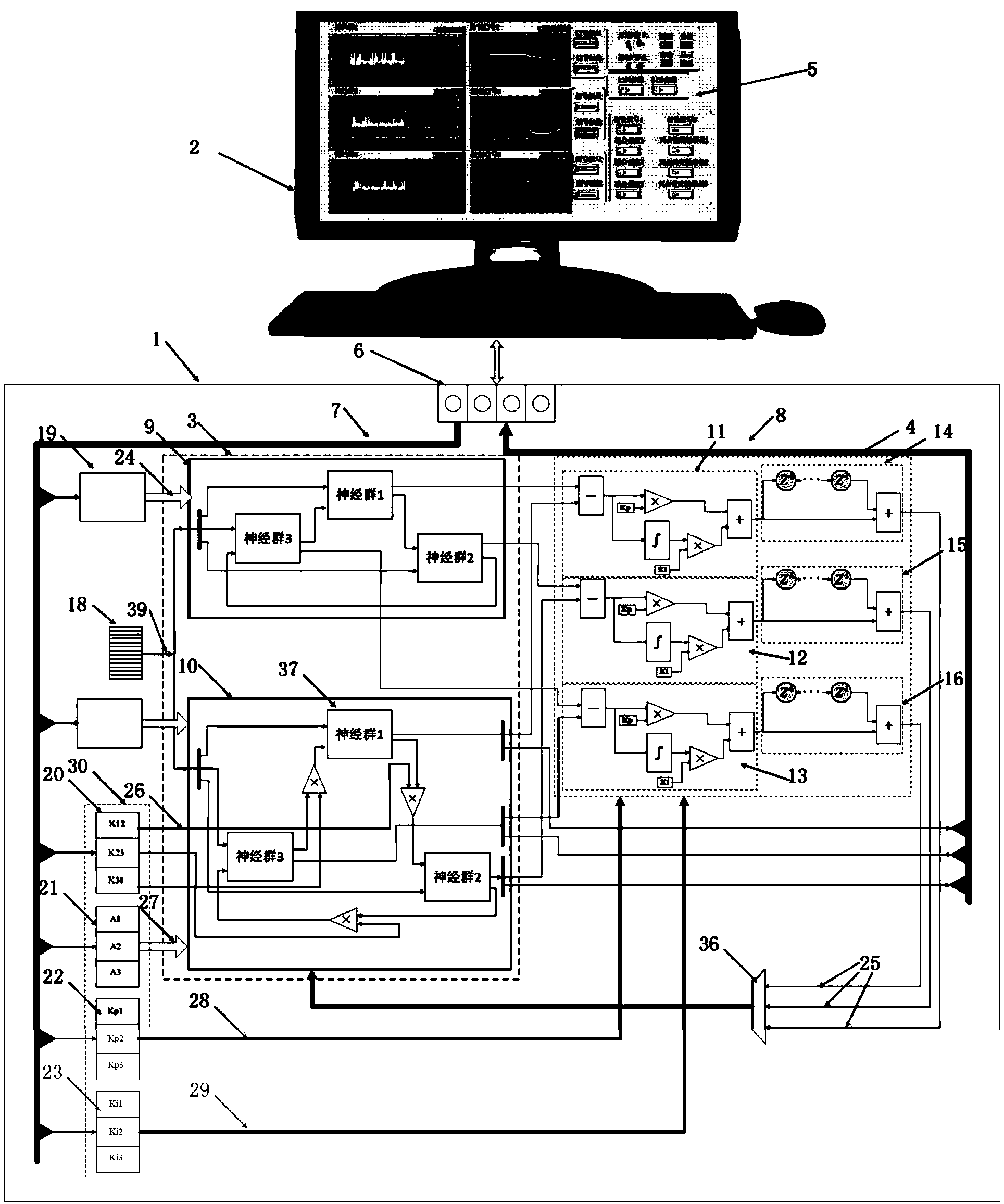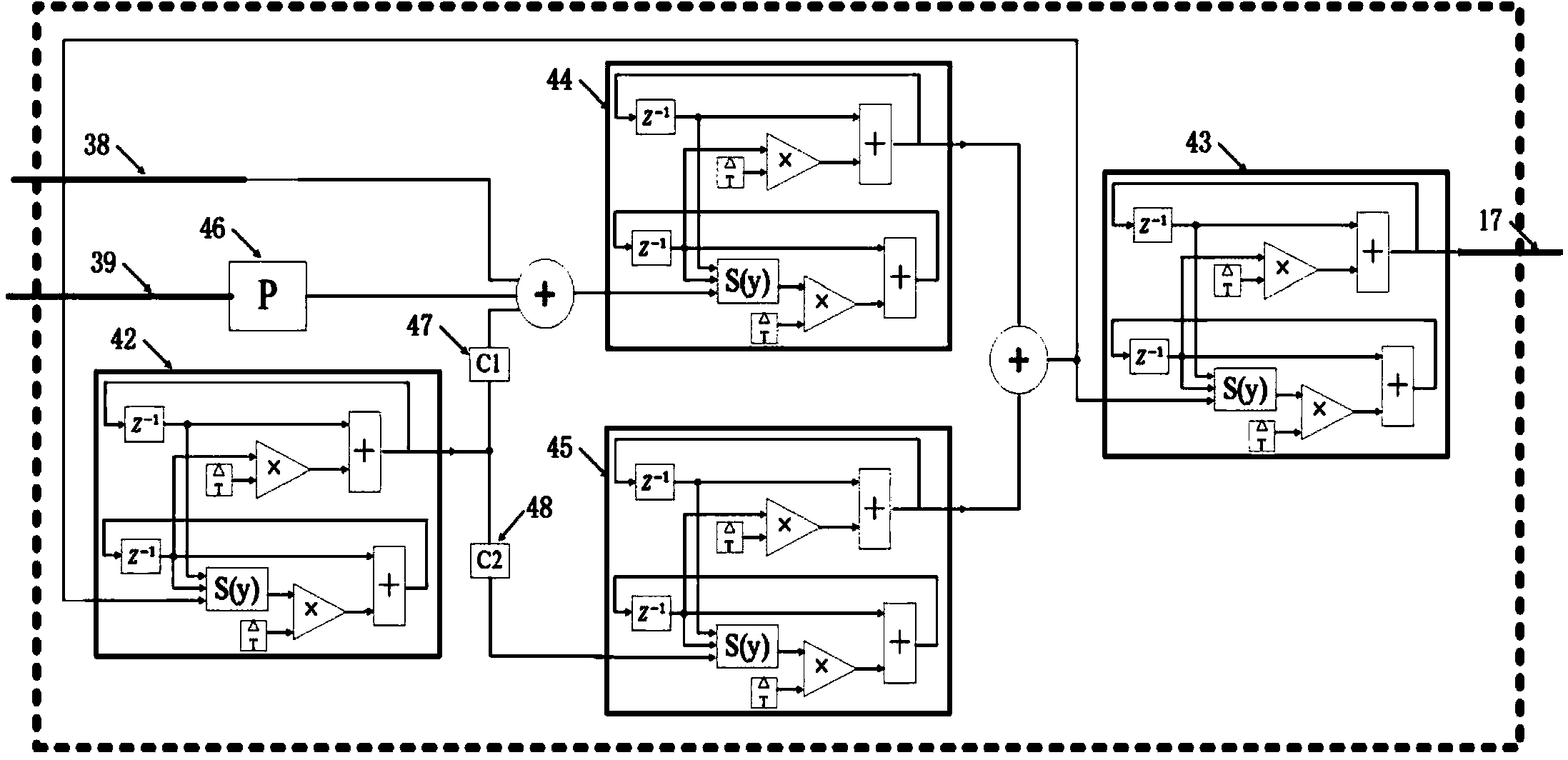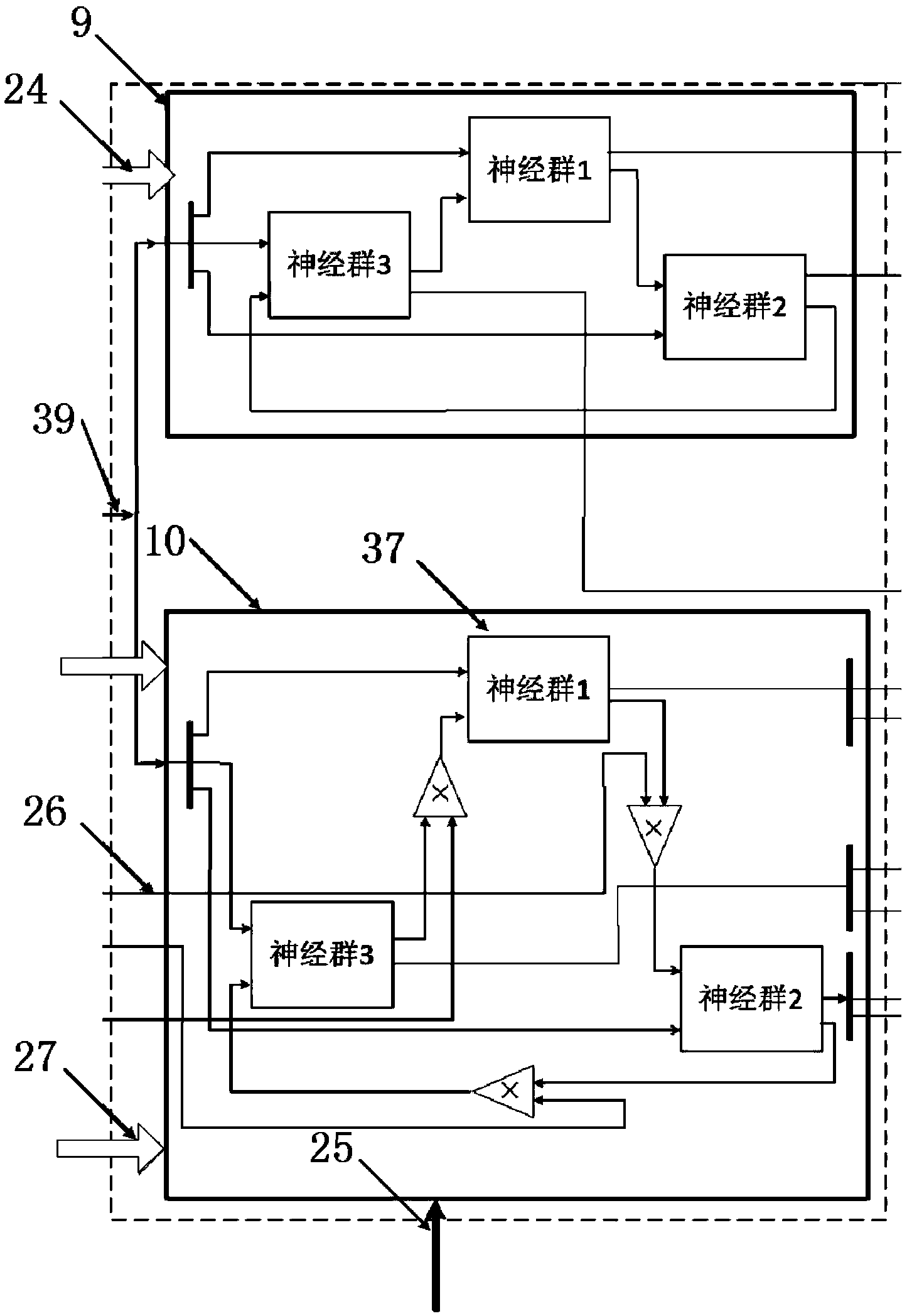Epilepsy state closed-loop control experiment platform based on FPGA
An epileptic state and closed-loop control technology, applied in the field of biomedical engineering, can solve problems such as low precision, imperfect man-machine interface, and difficult analysis of FPGA hardware neuron network operation, so as to improve operability, flexibility, The effect of portable hardware experiment platform
- Summary
- Abstract
- Description
- Claims
- Application Information
AI Technical Summary
Problems solved by technology
Method used
Image
Examples
Embodiment Construction
[0021] The closed-loop control FPGA experimental platform structure of the epilepsy neural cluster network of the present invention will be described below in conjunction with the accompanying drawings.
[0022] The design idea of the closed-loop control FPGA experimental platform of the epilepsy neural cluster network of the present invention is to first set up an epilepsy neural cluster network model with multiple neural clusters and complex coupling on the FPGA; then design PI type iterations independently of the neural cluster network model on the FPGA Learning controller, PI type iterative learning control signal is applied to the model as an external current stimulus, and the pathological discharge mode of the epileptic neural cluster network is changed through stimulation to make it produce normal discharge; finally, the software interface of the host computer is designed, and the software interface of the host computer is set by setting parameters And transmit it to t...
PUM
 Login to View More
Login to View More Abstract
Description
Claims
Application Information
 Login to View More
Login to View More - R&D
- Intellectual Property
- Life Sciences
- Materials
- Tech Scout
- Unparalleled Data Quality
- Higher Quality Content
- 60% Fewer Hallucinations
Browse by: Latest US Patents, China's latest patents, Technical Efficacy Thesaurus, Application Domain, Technology Topic, Popular Technical Reports.
© 2025 PatSnap. All rights reserved.Legal|Privacy policy|Modern Slavery Act Transparency Statement|Sitemap|About US| Contact US: help@patsnap.com



